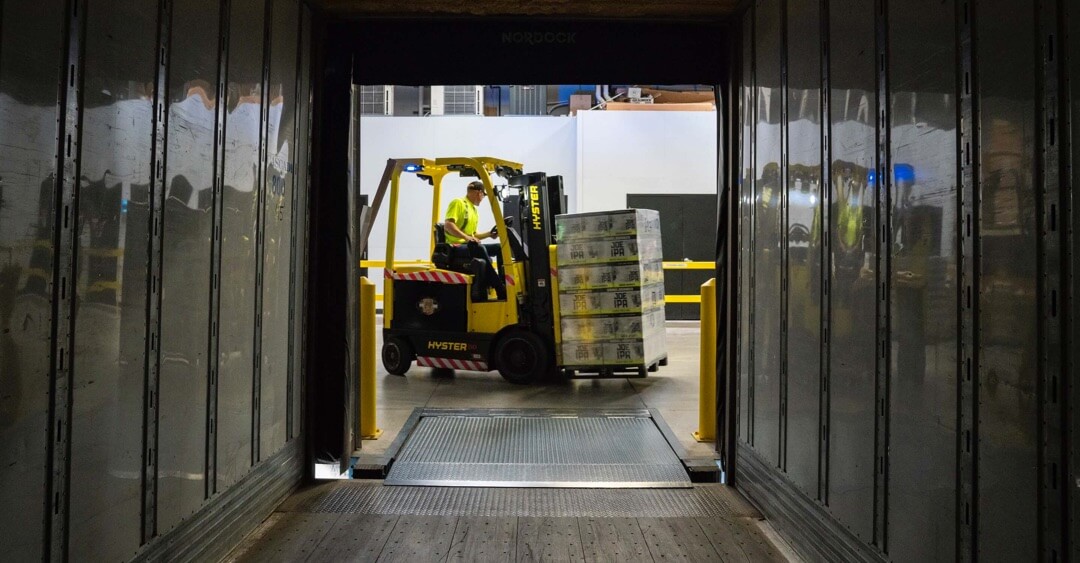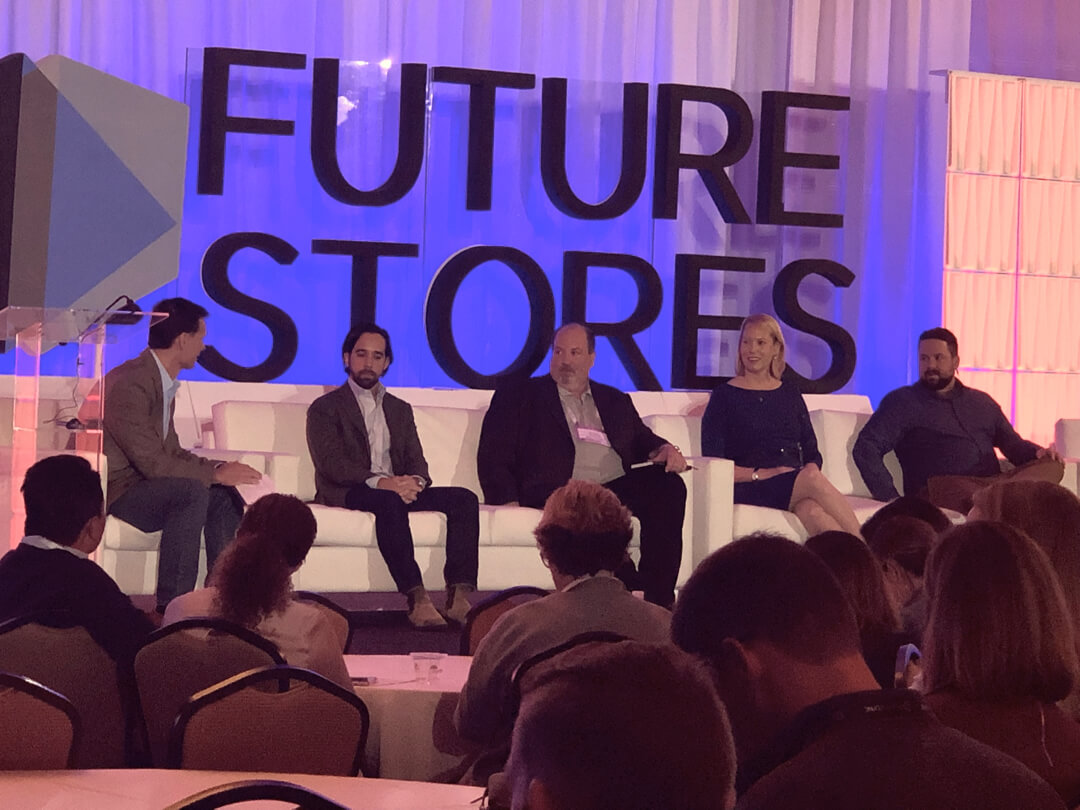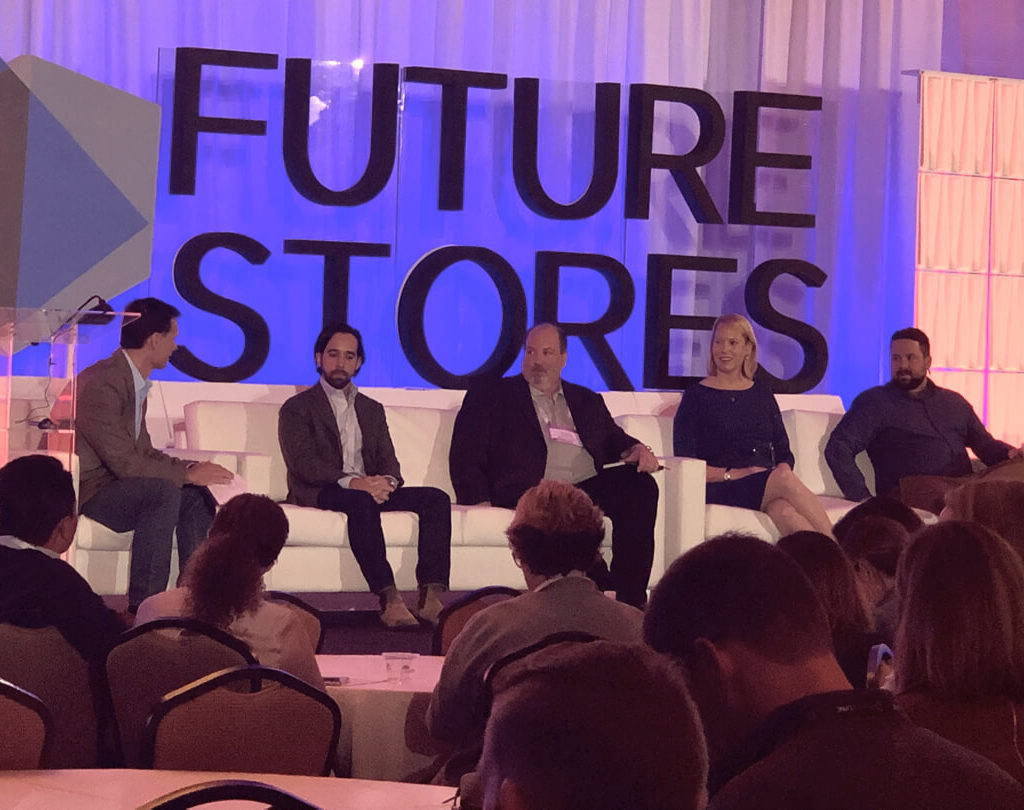We’re always learning over here at Shyft. Our technology team’s agility allows us to quickly respond to market requirements and customer needs to continue to innovate shift management methods in more workplace environments.
Shyft has had the opportunity to roll out our software to
In working with DCs, we have found several use cases for a mobile-first product to streamline scheduling, which helps retailers and their DCs optimize their workforce. In the following video, you can see how
Below, we outline the four ways DCs are using Shyft workforce to their advantage.
Attract the Best, Retain the Rest
With a sub 4% unemployment rate, schedule flexibility is table stakes for retaining employees in the current environment. Giving workers the ability to pick up more shifts, take voluntary time off, and request time off with easy-to-use software is a huge selling point that helps to attract more workers and retain staff. In a recent study Shyft completed with a national retailer with over 2,700 respondents, 71% of employees felt that Shyft’s schedule flexibility tool improved employee retention at their work location.
Flexing Your Workforce Muscle
DCs need to be able to ‘flex’ their workforce at times to meet increased customer demand. We’ve worked with our customers to help them optimize their workforce within two core use cases.
- If a DC is understaffed, shift leaders can broadcast ‘open shifts’ to a population of workers. Employees can then voluntarily pick up an extra shift. The DC can alert associates to the opportunity within hours of the shift being posted. This is extremely useful during peak times of the year in retail, such as Black Friday and Cyber Monday. In this situation, a manual or integrated process can be executed to ensure cross-check on the backend between
Shyft and the retailer’s workforce management schedule solution of record. Before open shifts are broadcasted to associates, constraints like overtime, minor work rules, and Predictable Scheduling legislation are considered. - The inverse is also true: DCs may be overstaffed at certain times, and managers need to canvas voluntary time off (VTO). Previously, they would have had to use time-consuming and complicated methods like clipboard and sign-up sheets. (Of course, team members would need to be on-site to sign up.) Mobile tools like Shyft can allow for distribution of VTO requests to a specific population of workers who are eligible, and workers can do this from home.
Improve Employee Satisfaction With Added Flexibility
As reported by Forbes, 51% of employees surveyed expressed a desire for more flexible work options in Mercer’s 2018 Global Talent Trends Study. Retailers like Walmart are already starting to leverage innovative solutions to improve scheduling morale and satisfaction in the workplace.
New Predictable Scheduling legislation is requiring employers to provide schedules in advance and is already live in six cities and states, including New York, Seattle, San Francisco, San Jose, Oregon, and Emeryville. (If you’re in New York City or Oregon, check out our compliance kits to review the laws in your area.) Legislation has also been proposed in other cities like Philadelphia and Chicago.
In our survey of 2,770 employees at a national retailer, 82% of respondents agreed that Shyft made it easier to manage their schedule. You can download that report here.
Communicate with Team Members
In working with DCs, we’ve learned how crucial communication becomes in the event of a hurricane or other natural disaster, emergency, or closure. There are also simple DC-wide announcements that need to be communicated in an effective manner and reach 100% of associates. Due to
But, if your company already supports IVR and SMS as forms of distributing announcements, Shyft’s mobile and web platforms can work in tandem with those tools to leverage data integration technology and support distribution of announcements. This is a huge win for our customers to be able to effectively reach their teams.
In the ever-changing world of retail, DCs feel the pressure to remain nimble and be as efficient as possible. We’ve been excited to help DCs apply Shyft’s mobile-first technology to find ways to help them improve operations and optimize their workforce. We hope you found this outline of the use cases for mobile technology for DC labor optimization useful.
Drop us a line below if you’re interested in hearing more about how the








